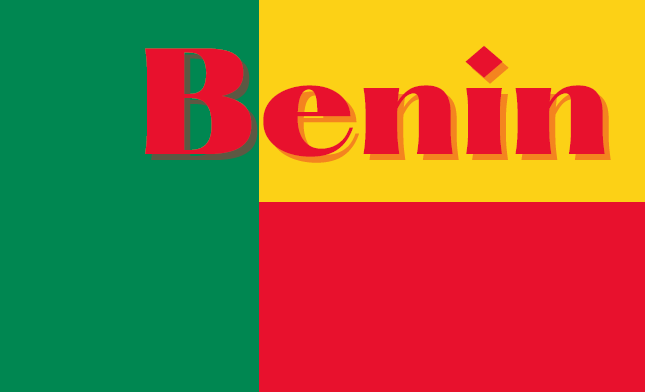Benin
The West African country of Benin is a land with a rich and varied history. Home to the Edo people and
many other ethnic groups such as the Fon, Yoruba, and Bariba, the modern country of Benin has a long
past.
Benin first came into being in 15th century when it was known as the Kingdom of Dahomey. During this
time, Dahomey developed its own culture, language and traditions as well as established trade with
Europe and further away countries like Brazil. The kingdom prospered until 1894 when French forces
invaded Dahomey and made it a protectorate. This marked the end of civil rule by kings, which had been
in place since 1645. In 1960, Dahomey achieved independence from France – keeping the name until
1975 when it changed to its current name of Benin.
Today Benin is a vibrant republic led by President Patrice Talon who was elected in 2016. He is credited
for introducing reforms that have seen economic growth in Benin due to increased foreign investment.
The country is also well known for its vibrant arts scene including bronze sculptures dating back to precolonial
days that are recognized worldwide today.
In terms of national symbols, Benin’s flag consists of two horizontal bands of equal size – one yellow on
top and one red on bottom – with a green vertical band located off-center towards the hoist side of the
flag. This design has been around since 1959 when it was created during their revolt against French
colonial rule. The colors represent hope (green), strength (red) and wealth (yellow).
Overall, there is much to admire about Benin’s past and present – from its culture to its people to its
vibrant arts scene and commitment to reform under President Patrice Talon’s leadership. A country that
continues to make strides towards progress while honoring its storied heritage – something we can all
appreciate!
Benin







